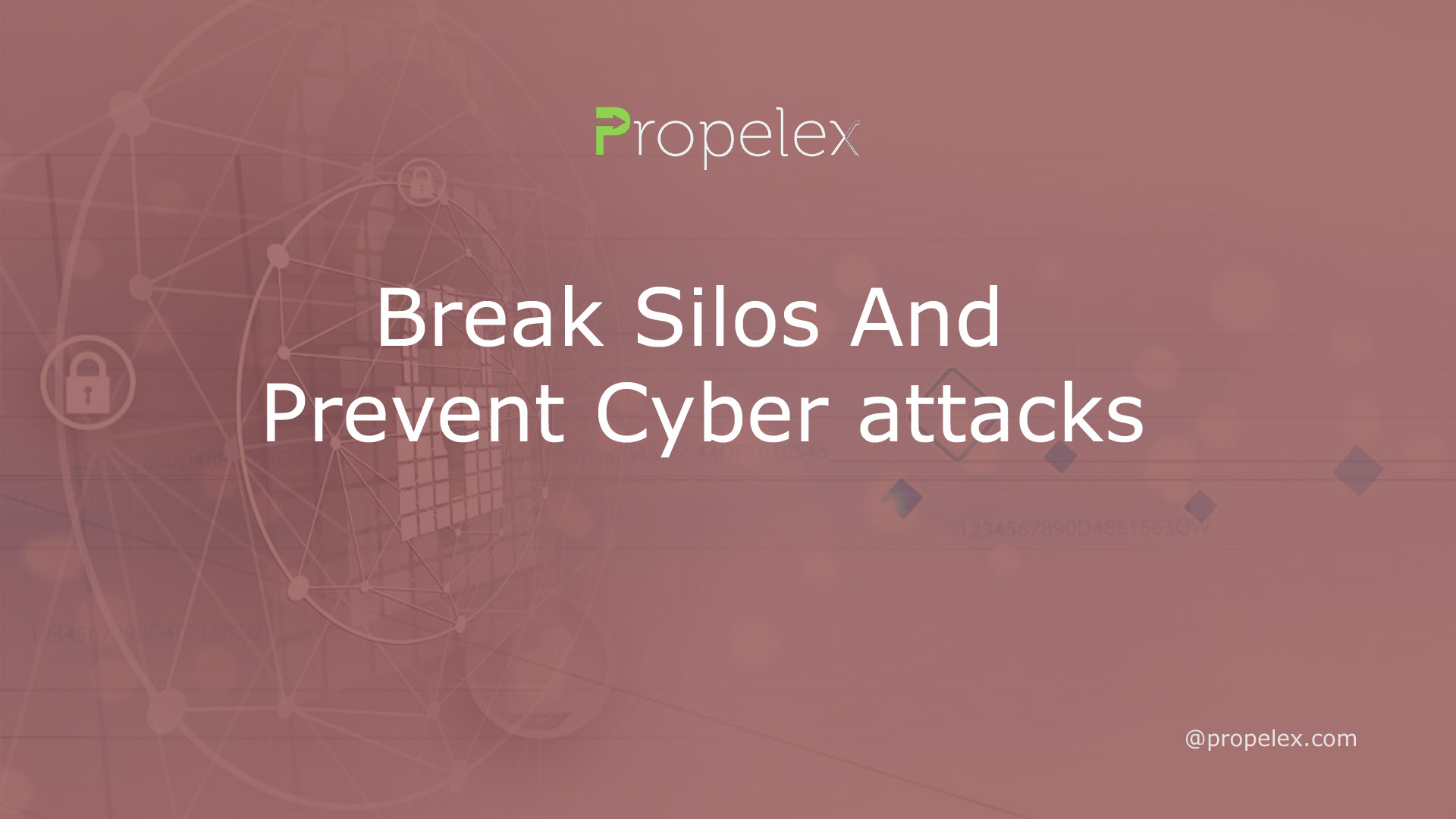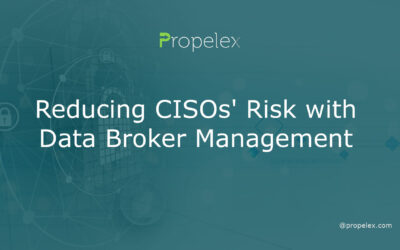The current cyberattack threat level is escalating, especially in Russia, as the country continues to wreak havoc on the internet. Organizations need to develop a risk-based approach to security management. They can do this with a unified incident engine that enables defenders to detect, triage and remediate threats. This way, they can protect their networks from internal and external attacks, as well as advanced zero-day malware. Learn how you can break silos and prevent cyber attacks.
Russian cyber attacks are an accelerating threat
Russian cyber attacks are a growing threat to the United States. Russia has deployed a hybrid war strategy, which includes both cyber and physical attack. The Russian government has engaged in malicious cyber activities, such as stealing intellectual property, and engaging in social activities to suppress the activities of international adversaries.
While Russia has used cyberattacks to disrupt countries and societies, they have not caused a major military response. As a result, it is important to understand how and why these attacks executed. Using the context of the incident, defense experts can develop countermeasures.
While the US does not have a full understanding of the intentions of the Russian government, it has uncovered evidence that the Kremlin has been conducting preparations for a potential cyber attack. It has identified several potential targets, including hospitals, energy networks, financial services, and industrial control systems.
Organizations need a risk-based approach to security management
Risk-based cybersecurity is a proactive approach to cybersecurity. Companies adopting this approach must understand threats and vulnerabilities, establish the right governance, and implement best practices.
A risk-based approach translates top management’s risk-reduction goals into actionable programs. It helps businesses fortify against uncertainty and reduces reliance on security consultants and expensive point-in-time assessments.
The risk-based approach is a flexible method of risk management that allows organizations to prioritize investments in the areas of greatest impact. It can help companies better allocate resources to ensure business continuity. It can also enable companies to identify and evaluate the effectiveness of their security initiatives.
The National Institute of Standards and Technology (NIST) created the Risk Management Framework (RMF) as a structured approach to risk management. It ensures that risk is managed in accordance with an organization’s objectives, requirements, and risk appetite.
Outsourcing a core function can create a vulnerability for cybercriminals to exploit
As companies seek to cut costs by outsourcing their IT functions, they need to consider the pros and cons. For example, if you’re paying for your technical staff to do the actual work, you must be wary of any security measures that you may not have in-house. Moreover, if you decide to outsource your entire IT department, you also must factor in the risk of the contractor failing.
As a result, there’s an increasing chance that your organization could be the next victim of a data breach. A successful hack means that the perpetrators have full access to your network. The good news is that there are ways to prevent this kind of intrusion.
In fact, there are a few different types of hackers you’ll be facing down. For starters, there are malicious insiders. These are the people with the keys to the kingdom. They can perform nefarious tasks like installing malware on your network or making system configuration changes.
A unified incident engine can empower defenders to detect, triage and remediate threats
With an XDR or unified incident engine, your security team can identify, triage, and remediate threats more quickly. This allows them to protect your reputation and digital assets. By fully integrating your EDR and XDR solutions, your organization can improve its overall efficiency and reduce the burden on your security team.
SOARs, or Security Operations and Automation Research Platforms, are automated tools that reduce the mean time to detect and respond to incidents. These platforms automatically ingest alert data, trigger playbooks, and deduplicate alerts. They also support real-time collaboration and easy tracking.
A unified incident engine gives your security team a comprehensive view of systems and applications under attack. It can help them quickly respond to sophisticated malware. It also enhances your productivity.
Protect your network against insider abuse, external attacks, and advanced zero-day malware
It’s important to protect your network against insider abuse, external attacks, and advanced zero-day malware. Not only do these threats pose a risk to your data and reputation, but they can also cause serious damage to your business.
There are two main types of external and internal attacks. Typically, an outside attacker will take advantage of a weak spot in your network. This often done through social engineering. Your employees may be the most vulnerable to this type of attack. They are often not aware of the dangers and can easily fall for phishing schemes.
An insider threat is usually a careless employee. They could access company information through a phishing scheme, or they could accidentally leak data. If an insider is malicious, they can do more harm than an outsider.
Finished: Break Silos And Prevent Cyber attacks









